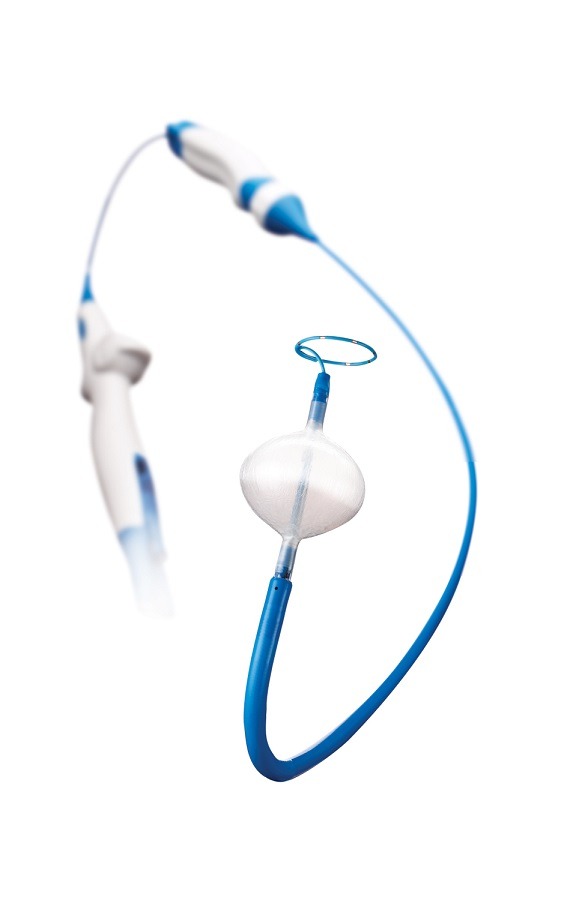
Cryoballoon ablation for patients with diagnosed atrial fibrillation, and long-term cardiac monitoring for survivors of stroke who do not have an established diagnosis of atrial fibrillation have both been recognised in updated guidelines published by the European Society of Cardiology (ESC).
The Clinical Practice Guidelines on Atrial Fibrillation were issued by the ESC at its meeting in Rome, and were developed in collaboration with the European Association for Cardio-Thoracic Surgery (EACTS). The guidelines also were published online in the European Heart Journal and the European Journal of Cardio-Thoracic Surgery.

ESC’s guidelines now recognise evidence supporting the use of pulmonary vein isolation as the preferred ablation intervention for patients with atrial fibrillation. Catheter ablation is recommended as the first-line treatment in select patients, with cryoenergy as effective as radio frequency energy for isolating the pulmonary veins.
More than 400 peer-reviewed publications on cryoballoon ablation, including the landmark FIRE AND ICE trial published in The New England Journal of Medicine and European Heart Journal, and the STOP AF pivotal trial, have reported on the clinical experience of the cryoballoon.
The new ESC Guidelines on Ablation for Atrial Fibrillation Patients state, “Catheter Ablation is recommended as a first-line treatment in selected patients after research showed it was not less safe than antiarrhythmic drugs.”
According to a company release, more than 220,000 patients have been treated with Medtronic’s cryoballoon ablation worldwide.
The new ESC guidelines also support screening for atrial fibrillation with long-term cardiac monitoring in patients who have had an ischaemic stroke.
The benefits of long-term cardiac monitoring in stroke are supported by a strong body of clinical evidence. The CRYSTAL AF Study, which was published in the June 2014 issue of The New England Journal of Medicine, found that long-term cardiac monitoring with the Reveal insertable cardiac monitor (Medtronic) detected atrial fibrillation at a rate of more than seven times higher than standard care (at one year) in patients with an unknown cause of stroke. Recent data presented at the 2016 American Academy of Neurology Annual Meeting also showed that in a real-world population of these stroke patients, 72% of atrial fibrillation patients would have gone undiagnosed if cardiac monitoring had been limited to only 30 days.
According to the new ESC Clinical Practical Guidelines on atrial fibrillation, prolonged monitoring “seems reasonable in all survivors of an ischaemic stroke without an established diagnosis of atrial fibrillation.”
“Because atrial fibrillation often has no symptoms and may occur infrequently, we have advocated for continuous long-term monitoring as the standard of care for detecting atrial fibrillation in these patients,” says John Camm, professor of clinical cardiology at St. George’s University of London (London, UK). “We look forward to raising awareness about this important guideline update so that patients everywhere have access to the diagnostic tools they need so they can lead healthier lives.”












